Lichen planus is a condition that can affect the skin, mouth, and nails. It is often mistaken for other conditions, so you must be aware of the symptoms and see a doctor if you think you may have lichen planus. To help give you a better idea, this article will discuss the symptoms of lichen planus, how it is diagnosed, and treatment options. Hopefully, this information will help raise lichen planus awareness and encourage people to seek early diagnosis and treatment.
Contents
- 1 The Importance Of Lichen Planus Awareness
- 2 Symptoms Of Lichen Planus
- 3 Diagnosing Lichen Planus
- 4 Treatment Options For Lichen Planus
- 5 Corticosteroids
- 6 Antihistamines
- 7 Phototherapy
- 8 Immunosuppressants
- 9 Tips For Living With Lichen Planus
- 10 Knowledge Is The First Step In Spreading Lichen Planus Awareness!
The Importance Of Lichen Planus Awareness
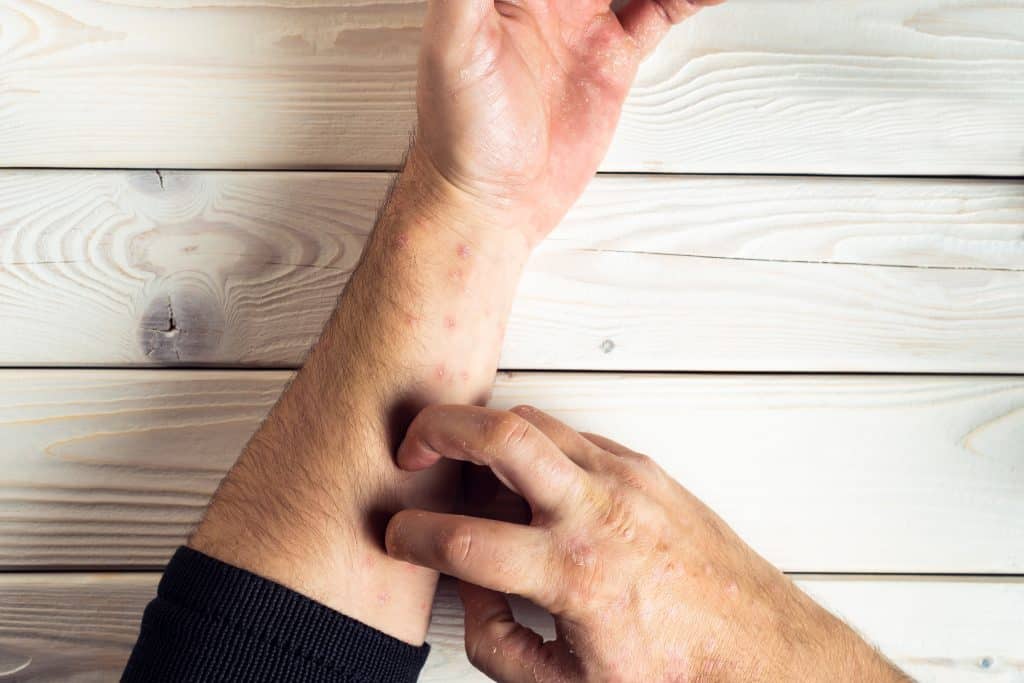
Lichen planus is a chronic skin disorder that can cause significant disruption to the lives of those affected. The condition typically produces raised, purple or red rashes that can be painful or itchy and may appear anywhere on the body. Its prevalence demands greater awareness, understanding, and education among medical professionals to provide accurate diagnoses and appropriate treatments without delay.
While there is no known cause for the condition, factors such as infection, medications, heavy metals in cosmetics or chemicals, and stress can trigger lichen planus symptoms. An essential part of raising awareness is focusing on early detection, which can help reduce the severity of symptoms, speed up recovery time and improve quality of life.
Symptoms Of Lichen Planus
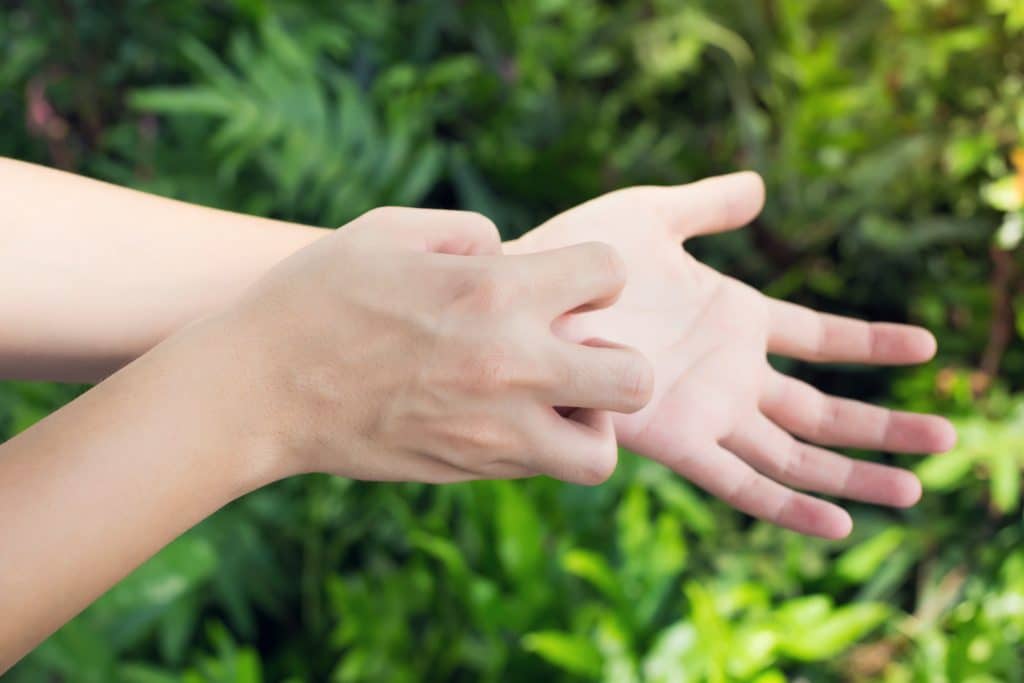
Lichen planus is an autoimmune condition that causes a variety of symptoms. Common signs and symptoms of lichen planus include itchy, purplish-red, flat-topped bumps on the skin, varying in size from tiny spots to large patches. These bumps may be painful or have a burning sensation near hair follicles. Additionally, people with lichen planus may experience swollen joints, lesions inside the mouth (called oral lichen planus), patches and streaks on fingernails and toenails, whitish streaking on the middle layers of the skin (called lacy white streaks), and changes in skin color.
It is important to remember that symptom severity can vary from person to person and from one flare-up to another. Itching may be the only symptom for some people with lichen planus, while others can experience significant pain or other unpleasant symptoms. That is why it is best to consult a doctor if you suspect you have this condition.
Diagnosing Lichen Planus
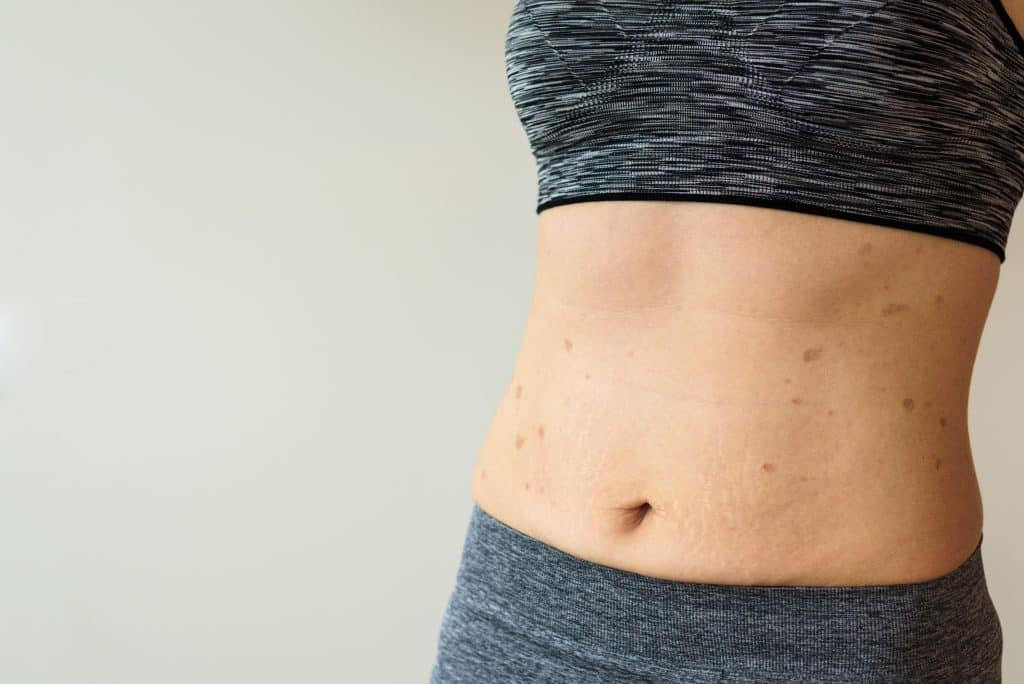
Diagnosing lichen planus can be complicated, as symptoms vary greatly and cause various health issues that may not all be clearly seen or connected. While medical testing often helps with diagnosis, the dermatologist’s observations also play an essential role. A dermatologist is critical in diagnosing lichen planus, as they can distinguish between skin conditions and pinpoint any further complications.
It is vital to ensure you fully understand the condition and the differences between mild and more severe cases, as treatment often depends on this knowledge. With early diagnosis, lichen planus can much more effectively be managed.
Treatment Options For Lichen Planus
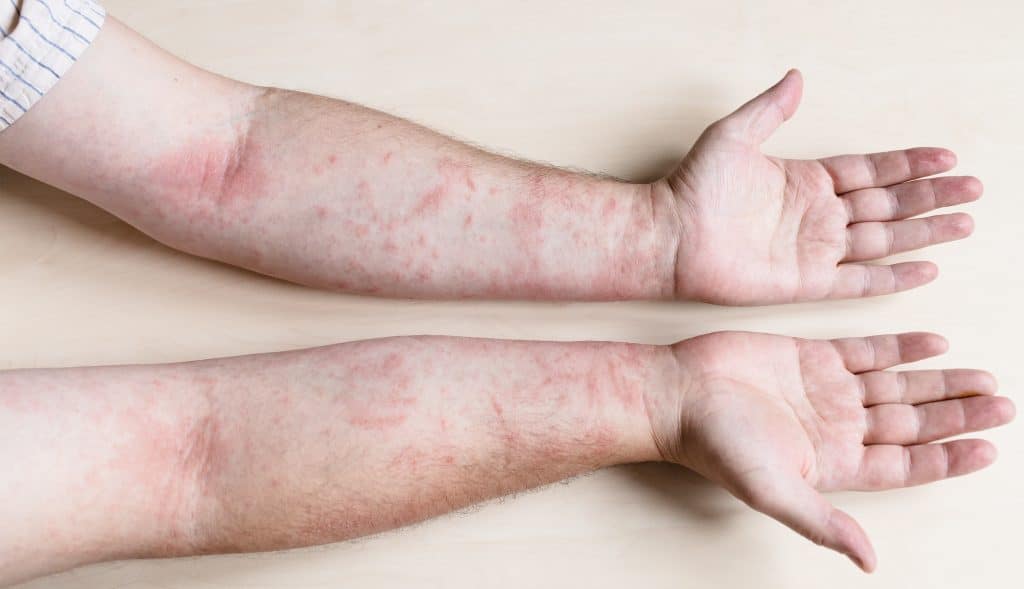
People with lichen planus may experience flares and remissions of the condition, meaning their symptoms may come and go over time. As mentioned, unfortunately, there is no cure for this condition. However, treatments available can help reduce symptoms or keep them at bay while in remission. Options include:
Corticosteroids
Although the exact cause of Lichen Planus remains unknown, it is thought to originate from the immune system reacting against substances in the body. Corticosteroids are an effective treatment option in essential cases of Lichen Planus. The inflammation associated with Lichen Planus can be greatly reduced by administering corticosteroid injections or creams.
Corticosteroids can interrupt this process and provide relief from discomfort caused by the disorder. It is important to note that corticosteroids should only be used short-term and consulted with a medical professional when prescribed, as long-term use may lead to serious side effects such as steroid-induced osteoporosis or ulcers on the skin.
Antihistamines
Antihistamines may also treat the uncomfortable symptoms associated with lichen planus. Antihistamines like diphenhydramine, hydroxyzine, and Loratadine are often recommended for reducing itchy rashes and blisters. Commonly found in over-the-counter and prescription medications, these antihistamines work by blocking histamine receptors in the body, which helps reduce the inflammation caused by lichen planus.
It’s important to note that antihistamines are not suitable for everyone and should be taken only after consultation with a doctor since these medications may also have unwanted side effects. As one treatment option among many, antihistamines can be useful in alleviating Lichen Planus discomfort.
Phototherapy
Phototherapy is another valuable treatment option for those suffering from Lichen Planus. This delicate skin disorder requires a delicate touch when it comes to treatment, yet often harsh medications are prescribed, which can take a toll on the body. Phototherapy provides relief by using light as a non-invasive therapy, timed at intervals, and available to virtually anyone affected.
Those who undergo phototherapy have reported feeling much more comfortable during and after treatment, with a reduction in redness and itching. With no side effects like topical ointments or oral medications may pose, this form of healing is a prime choice for individuals with Lichen Planus.
Immunosuppressants
Immunosuppressants aim to suppress the body’s immune system, thereby reducing the inflammation and symptoms associated with Lichen Planus. Some common immunosuppressant medicines used in this setting include cyclosporine and mycophenolate mofetil. The goal of such treatments is to reduce the chances of relapse while inducing the resolution of all symptoms.
While effective in relieving many symptoms, these medications can have serious side effects, so patients must be aware of these risks before beginning any treatment. It is also critical for those on immunosuppressant regimens to follow up regularly with their healthcare provider to monitor for potential side effects or undesirable changes in symptom control.
Tips For Living With Lichen Planus
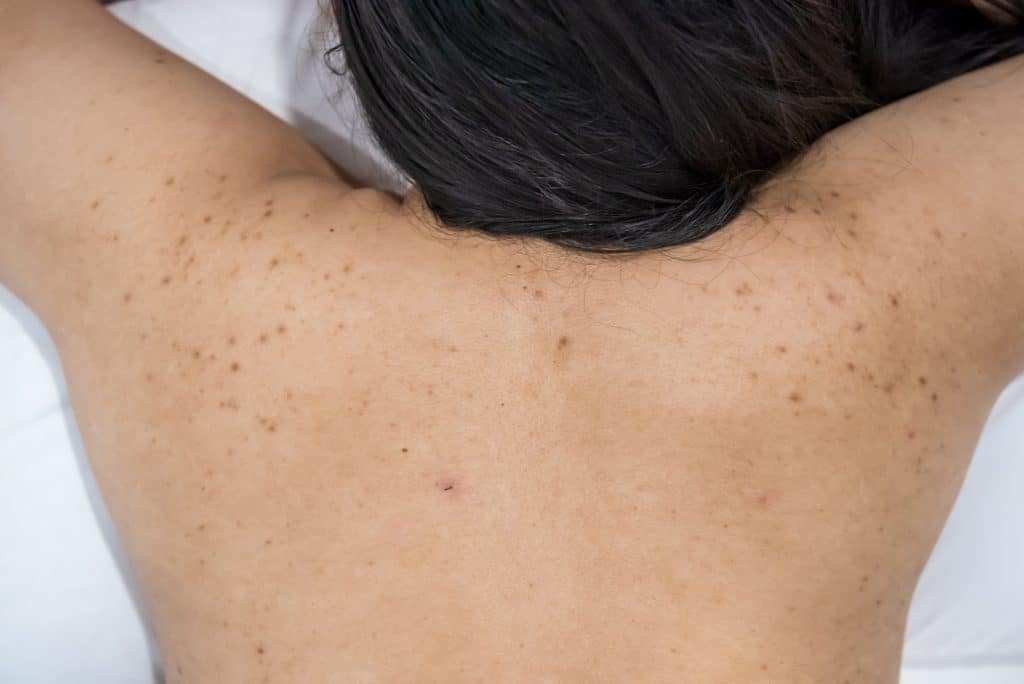
Living with Lichen Planus can be difficult, as it usually causes constant itching and inflammation. However, some tips may help ease the symptoms to make a living with this condition more bearable. Firstly, try to keep your skin moisturized at all times – whether through lotions or ointments – as this will help reduce itchiness. Secondly, avoid known trigger factors such as certain foods, stress, and direct sunlight exposure.
Finally, seek medical attention if your Lichen Planus has become severe and resist the urge to scratch impacted areas, which can cause further irritation and lead to infection. If you follow these tips properly, you should experience some relief from your Lichen Planus symptoms.
Knowledge Is The First Step In Spreading Lichen Planus Awareness!
Lichen Planus awareness is critical; many people are unaware of the condition or what treatment options are available. Thankfully, various treatments are available depending on the severity of the condition, ranging from topical ointments to phototherapy to immunosuppressants. Individuals affected by Lichen Planus must seek medical advice as soon as possible to begin a suitable treatment regimen and start feeling more comfortable. Early detection and treatment can help alleviate the symptoms and prevent the condition from worsening.


